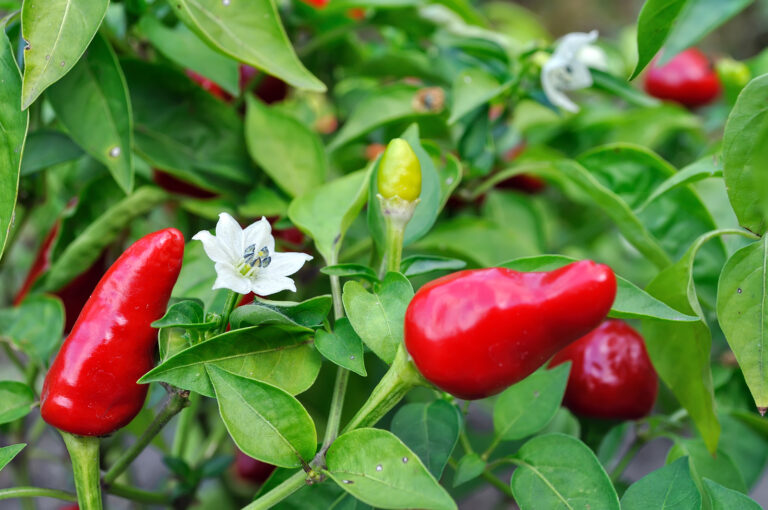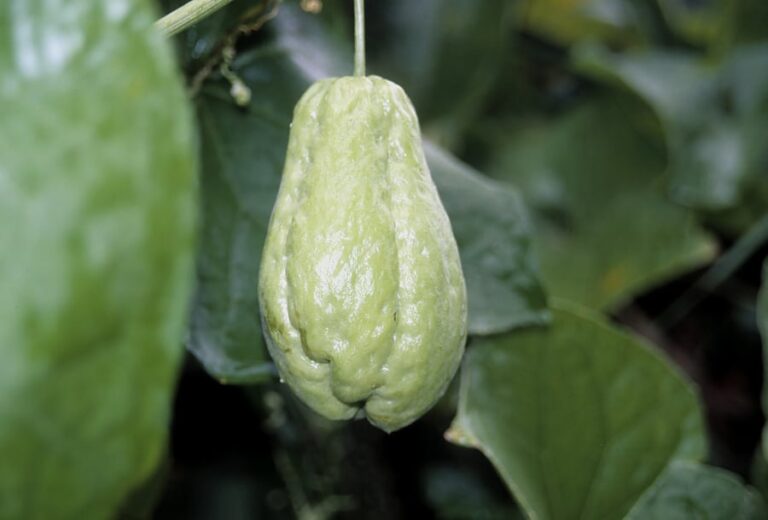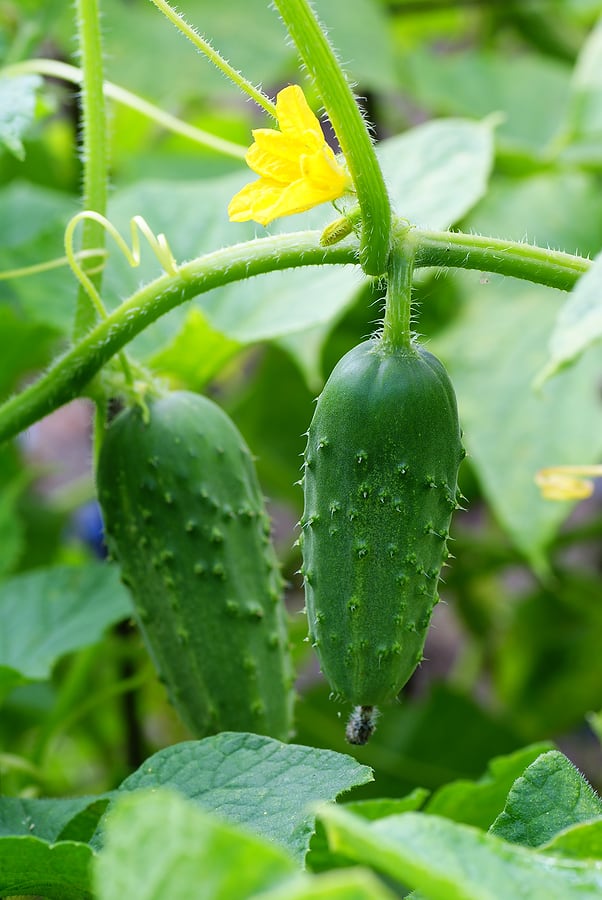How to Harvest and Store Tomatillos
Tomatillos are ready to harvest when the papery husk surrounding the fruit turns from green to tan and begins to split.
Tomatillos are ready to harvest 75 to 100 days after sowing, 65 to 85 days from transplanting.
Related articles:
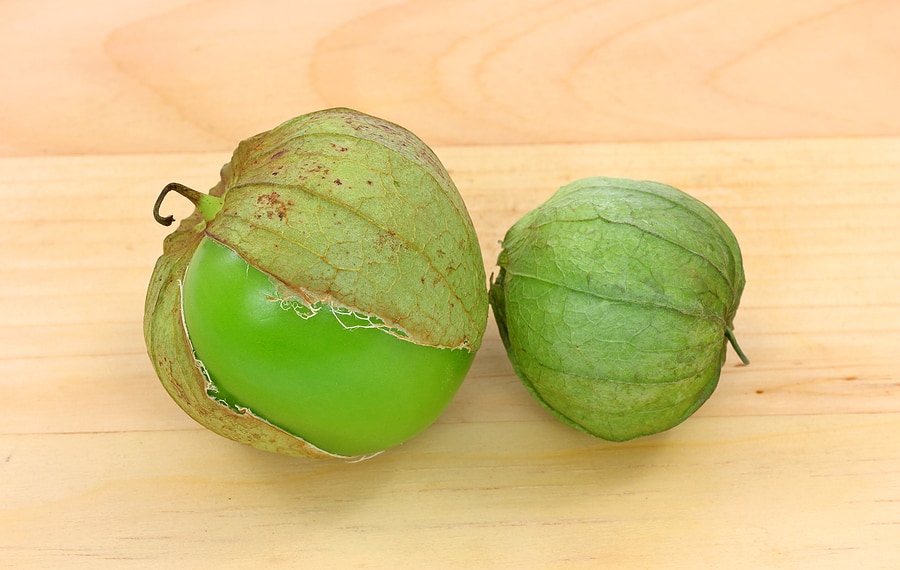
When to harvest tomatillos
- Tomatillos are ready to harvest when the papery husk surrounding the fruit turns from green to tan and begins to split; the fruit itself will be bright green, purple, or yellow depending on the variety.
- A mature tomatillo will be the size of a cherry tomato or slightly larger. Smaller fruit is often sweeter than larger fruit.
- Plants bear fruit for 1 to 2 months or until the first frost.
- Pick fruit at 7- to 14-day intervals to keep the plant producing.
- One tomatillo plant can produce 60 to 200 fruits in a growing season, about 2½ pounds per plant.
- Tomatillos will be past ripe when the gloss of the fruit dulls.
Kitchen Helpers from Amazon:
- Oster Vegetable Steamer
- Chef’s Knives Set of 6
- EZ Off Jar Opener for Weak Hands
- Pepper Core Remover Stainless Steel
- Kitchen Utensils – Set of 35
- Rachel Ray Non-Stick Cookware 12pcs
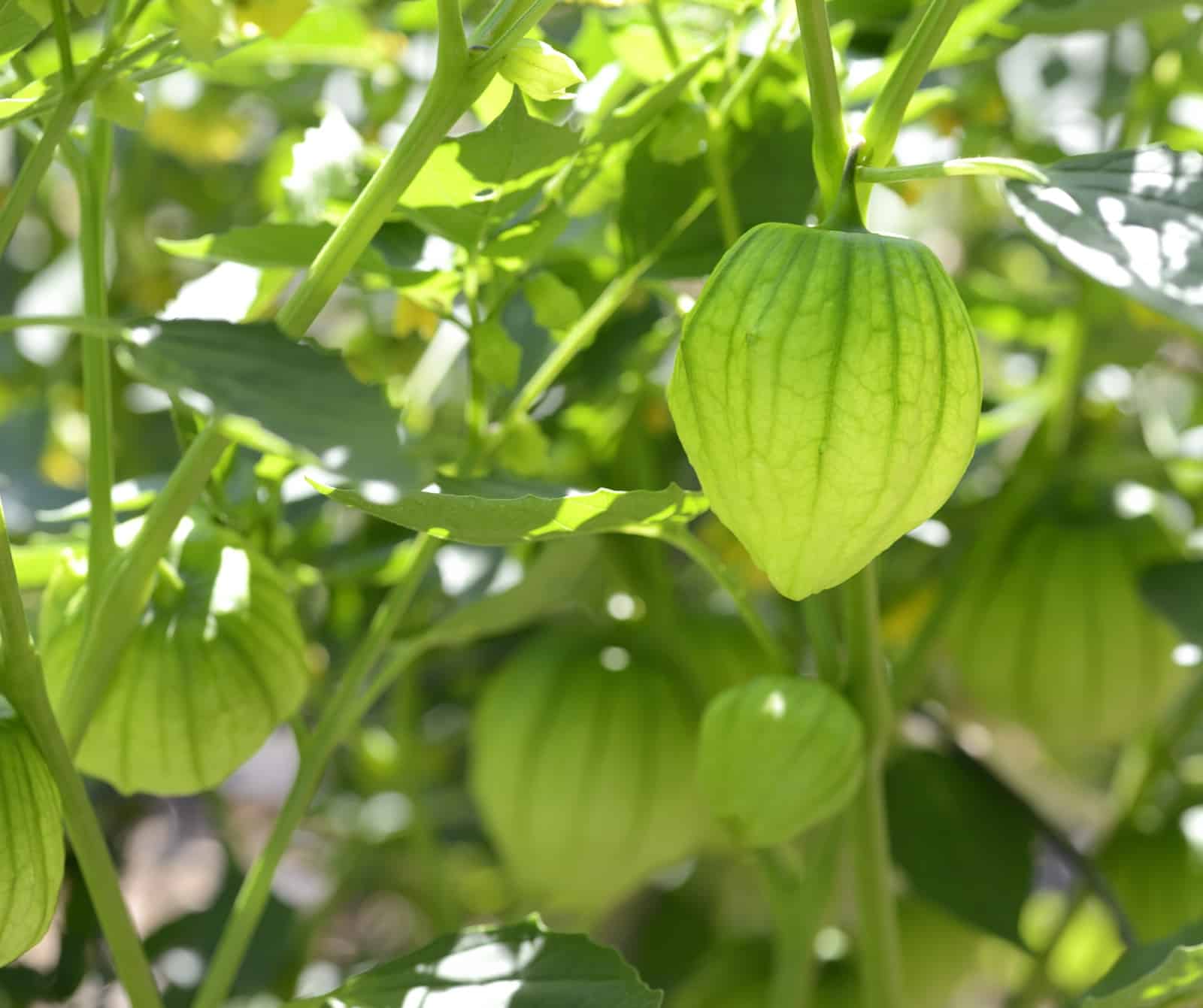
How to harvest tomatillos
- Harvest tomatillos by giving fruits a light twist or snipping them from the plant with a garden pruner or scissors.
- Peel back a small part of the husk, the fruit should be nearly blemished-free. If the fruit is sticky when you remove the husk just wash it with mild soapy water.
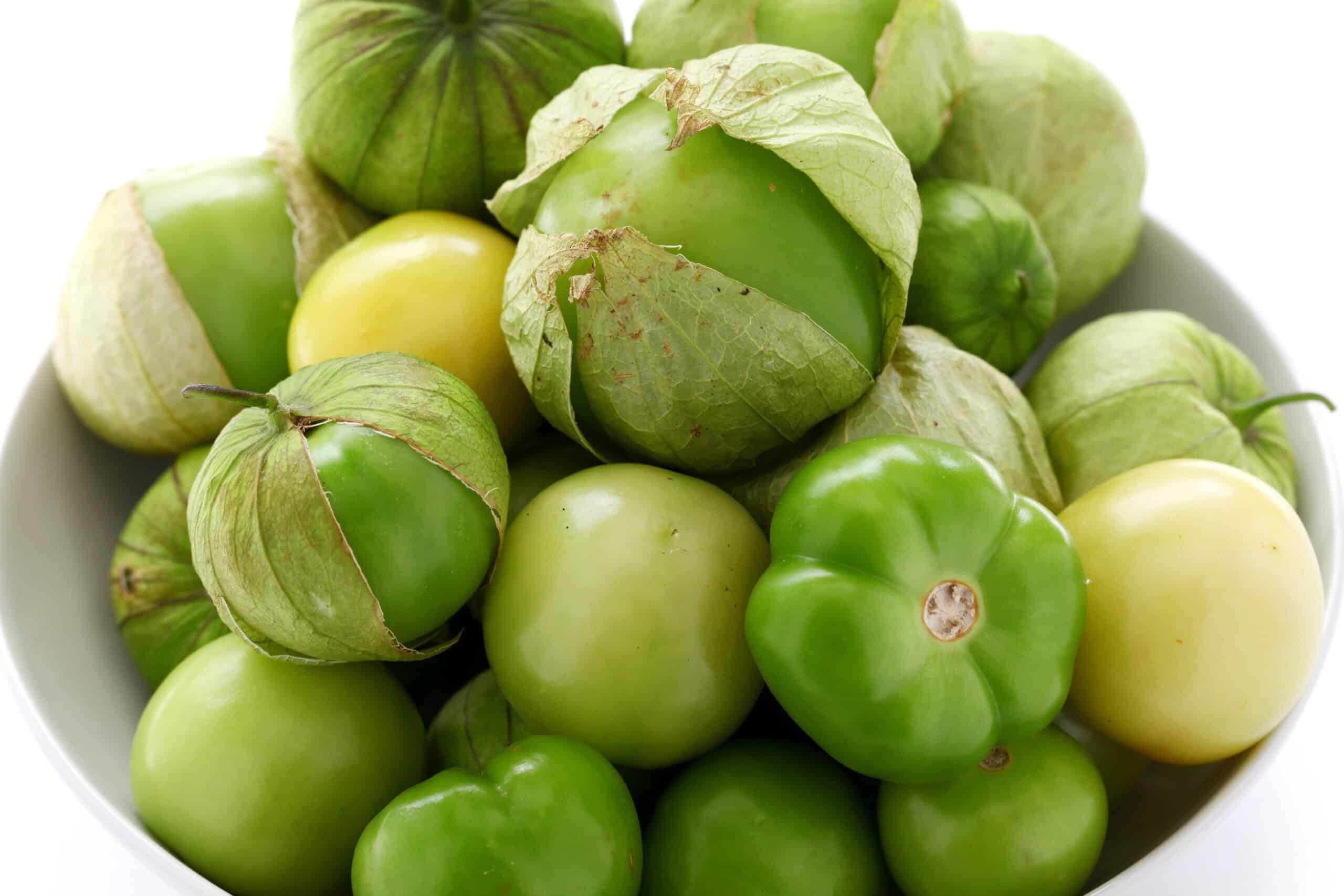
How to store tomatillos
- Tomatillos are best used fresh and green. They are less juicy and more richly flavored than a tomato. Raw tomatillos have a zesty, tart flavor that develops an herbal lemon flavor when cooked.
- Store tomatillos in their husks for about two weeks in a paper bag in the vegetable crisper section of the refrigerator (55° to 60°F/12°15°C and 85 to 90 percent humidity). Tomatillos will suffer chilling injury if stored below 41°F (5°C).
- Do not store tomatillos with apples or bananas which give off a natural gas called ethylene; ethylene will cause tomatillos to darken in storage.
- Tomatillos can be frozen or canned for later use. To freeze tomatillos, remove the husk, wash the fruit, and freeze them whole in a freezer container or bag. Double bagging will prevent freezer burn.
Tomatillo Learning Hub
Start Here
Planning, Timing & Varieties
- When and How to Plant Tomatillos for Maximum Yield
- Tomatillo Planting Calendar: Month-by-Month Guide
- Tomatillo Seed Starting Tips
- Best Tomatillo Varieties for Home Gardens
- Short-Season and Fast-Maturing Tomatillos
Planting & Early Growth
Watering, Feeding & Seasonal Care
- Watering and Feeding Tomatillos: How to Boost Fruit Production
- Tomatillo Plant Care: Pruning, Supporting, and Seasonal Tips
Pests, Diseases & Natural Control
Harvest and Kitchen
Related articles:
How to Plant and Grow Tomatillos
How to Harvest and Store Tomatillos
Tasty Ways to Cook and Serve Tomatillos
Garden Planning Books at Amazon:
- Vegetable Garden Almanac & Planner
- Kitchen Garden Grower’s Guide Vegetable Encyclopedia
- Vegetable Garden Grower’s Guide
- Tomato Grower’s Answer Book
More harvest tips:
Learn when and how to harvest your favorite vegetables for the best flavor and texture. Get storage tips for each crop. Click on the vegetable you are growing below.
- Artichoke
- Arugula
- Asparagus
- Beans
- Beets
- Broccoli
- Brussels Sprouts
- Cabbage
- Cantaloupe — Melons
- Carrots
- Cauliflower
- Celery
- Chard
- Collards
- Corn, Sweet
- Cucumbers
- Eggplant
- Endive and Escarole
- Garlic
- Jerusalem Artichoke
- Kale
- Kohlrabi
- Leeks
- Lettuce
- Melons
- Okra
- Onions
- Parsnips
- Peas
- Peppers
- Potatoes
- Pumpkins
- Radicchio
- Rhubarb
- Rutabaga
- Spinach
- Squash, Summer
- Squash, Winter
- Sunchokes
- Sweet Potato
- Swiss Chard
- Tomatillo
- Tomatoes
- Turnips
- Watermelon



